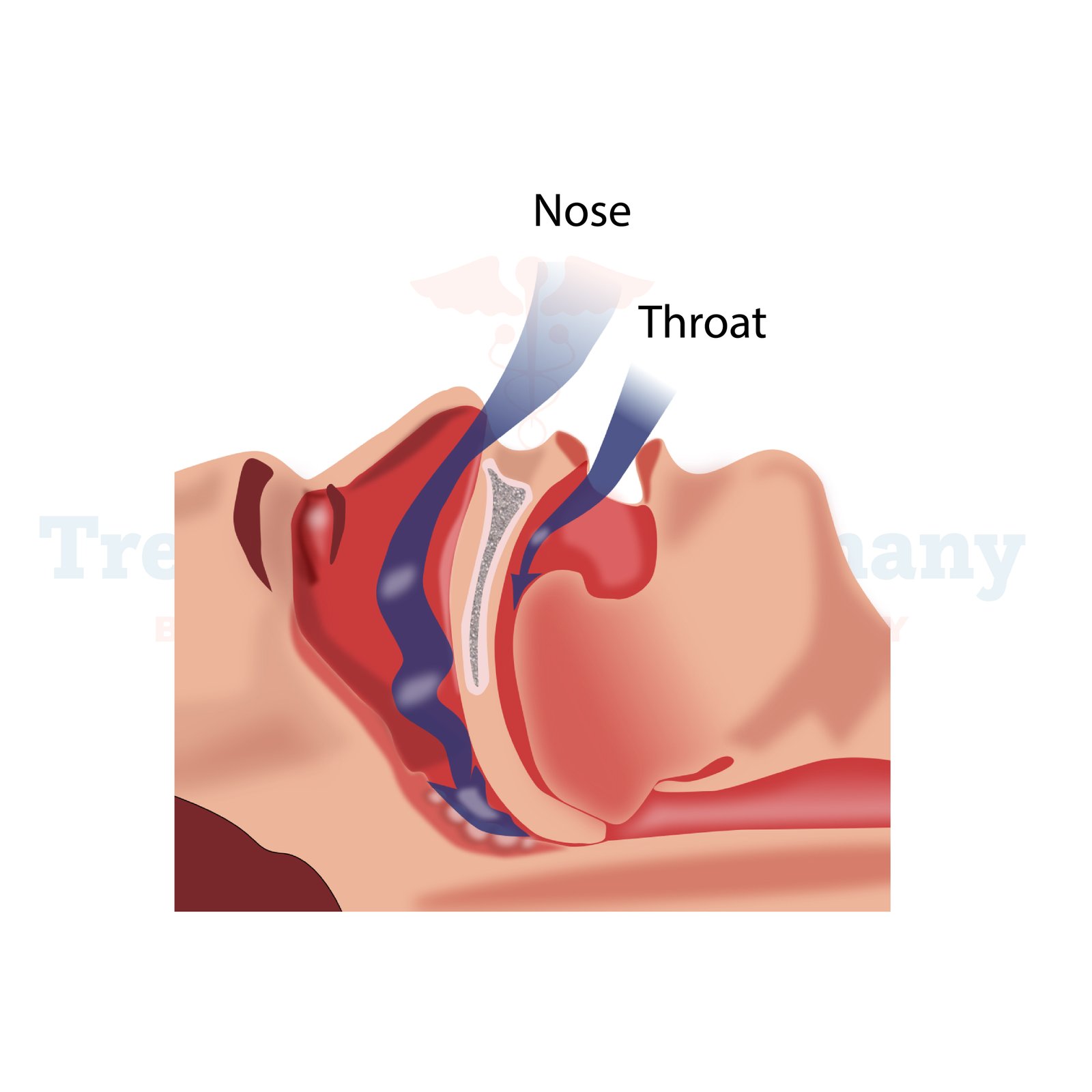What is Obstructive Sleep Apnea (OSA)?
Obstructive Sleep Apnea (OSA) is a sleep disorder characterized by repeated pauses in breathing during sleep. These pauses, called apneas, occur when the muscles in the throat relax and block the airway, leading to a decrease in oxygen levels in the blood. OSA can range from mild to severe and often goes undiagnosed, affecting both the quality of sleep and overall health.
Side Effects of Obstructive Sleep Apnea (OSA):
The consequences of untreated Obstructive Sleep Apnea (OSA) can be serious and impact various aspects of life. Common side effects include:
How is Obstructive Sleep Apnea (OSA) Diagnosed?
Diagnosing Obstructive Sleep Apnea typically involves a sleep study, known as polysomnography. During this test, various parameters such as breathing patterns, oxygen levels, heart rate, and brain activity are monitored while the patient sleeps. Additionally, home sleep apnea tests may be used in some cases for initial screening. After a comprehensive evaluation, a sleep specialist can determine the severity of OSA and recommend appropriate treatment options.
Potential Treatments of Obstructive Sleep Apnea (OSA):
1. Continuous Positive Airway Pressure (CPAP) Therapy: CPAP is the most common treatment for OSA. It involves wearing a mask connected to a machine that delivers a continuous flow of air, preventing the airway from collapsing during sleep.
2. Oral Appliances: These devices are custom-made by dentists to reposition the jaw and tongue, keeping the airway open during sleep. Oral appliances are particularly useful for individuals with mild to moderate OSA or those who cannot tolerate CPAP therapy.
3. Lifestyle Changes: Weight loss, avoiding alcohol and sedatives before bedtime, and sleeping on one's side instead of the back can help reduce OSA symptoms in some cases.
4. Surgery: Surgical interventions may be considered for severe cases of OSA or when other treatments have been ineffective. Procedures such as uvulopalatopharyngoplasty (UPPP), mandibular advancement surgery, or tracheostomy aim to widen the airway and improve breathing during sleep.
5. Positional Therapy: Some individuals with OSA experience breathing difficulties primarily when sleeping on their back. Positional therapy involves using devices or techniques to encourage sleeping on the side, reducing airway obstruction.
👉 Contact us for further information and receive a complimentary consultation.

.webp)
.webp)
 (1).webp)
 (1).webp)

.webp)
.webp)
 (1).webp)
 (1).webp)
